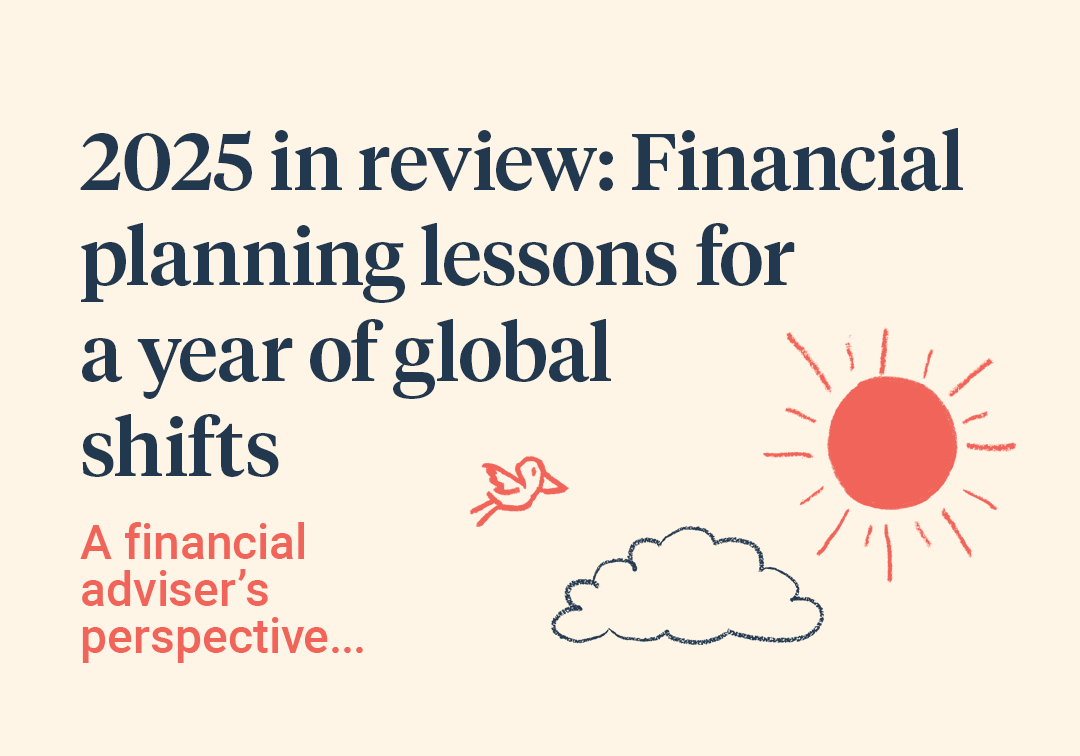The future is female. This isn’t the start to Beyonce’s next hit, but the reality of the where the UK’s wealth is headed over the next few years. It is estimated that 60% of Britain’s wealth will be in female hands by 2025, yet women in general are less likely to seek professional financial advice than men [1].
Everyone’s wealth journey takes a different form depending on their individual circumstances. However, there are common experiences that women, in particular, encounter that could have a significant impact on their financial journey.





